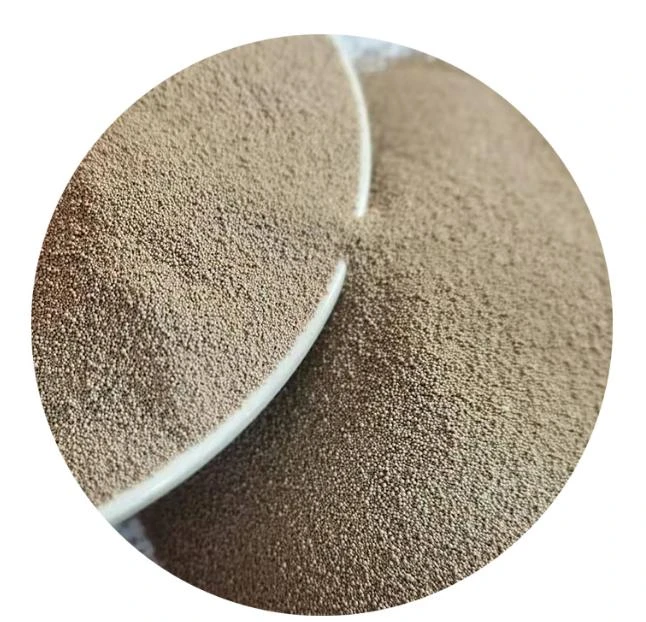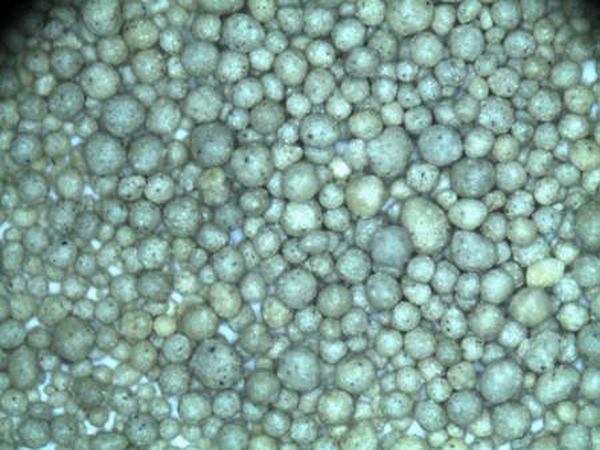

Expertise in the field of abrasives highlights that ceramic sanding is not just about improved efficiency and durability. It also revolves around achieving a superior surface finish that meets exacting standards. The uniform and precise abrasive action delivered by ceramic materials ensures that surfaces are even and smooth, which is essential in applications where aesthetic and functional quality cannot be compromised. This level of finish is often unattainable with other abrasive options, placing ceramic sanding at the forefront of modern surface preparation techniques. The authority of ceramic sanding as a go-to solution is further bolstered by trusted industry endorsements and its compliance with stringent industrial standards. Manufacturers of high-performance sanding products often subject ceramic abrasives to rigorous testing, ensuring they meet safety and performance criteria that build confidence among end-users. Such adherence to quality standards reinforces trustworthiness and reliability, which are crucial factors when selecting tools for demanding industrial applications. In conclusion, ceramic sanding represents a synthesis of cutting-edge abrasive technology and practical application benefits. Its consistent cutting capability, extended lifespan, and ability to achieve flawless finishes position it as an unrivaled choice in surface refinement processes. As industries continue to evolve, ceramic sanding stands as a testament to innovative engineering solutions that align with the demands of modern manufacturing, promising enhanced productivity, reduced costs, and superior product outcomes. Post time:Yan . 09, 2025 14:09
Next:ceramic sanding discs
